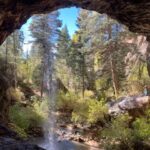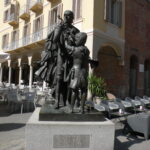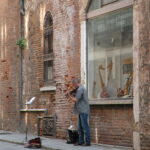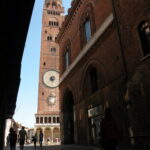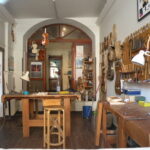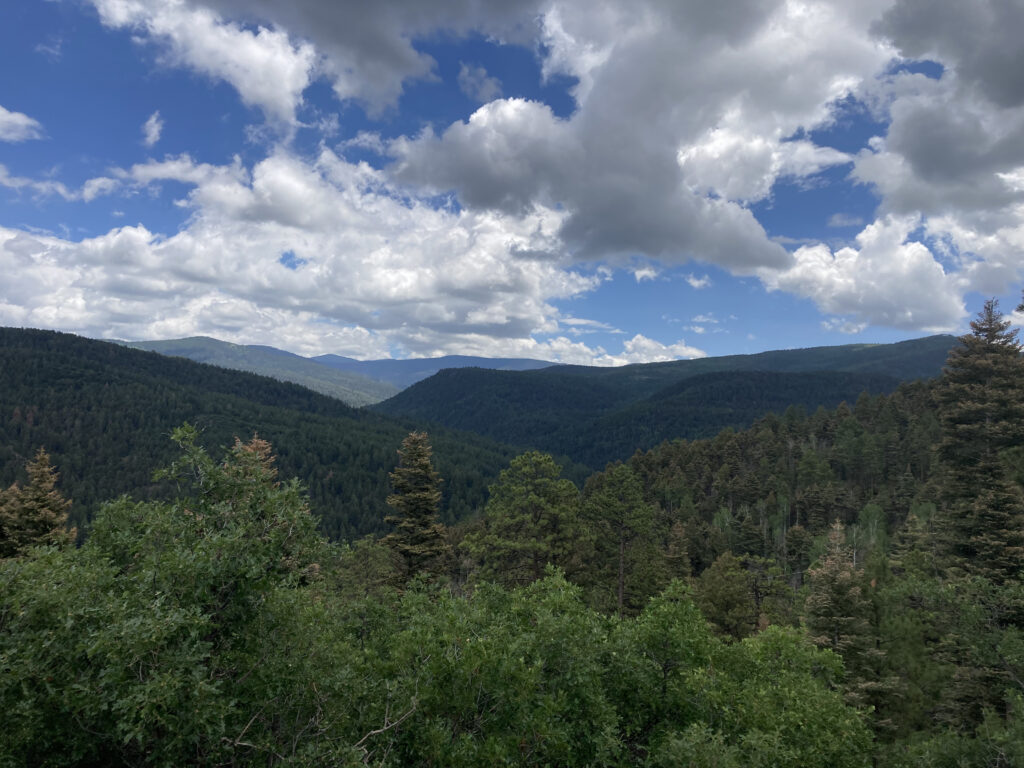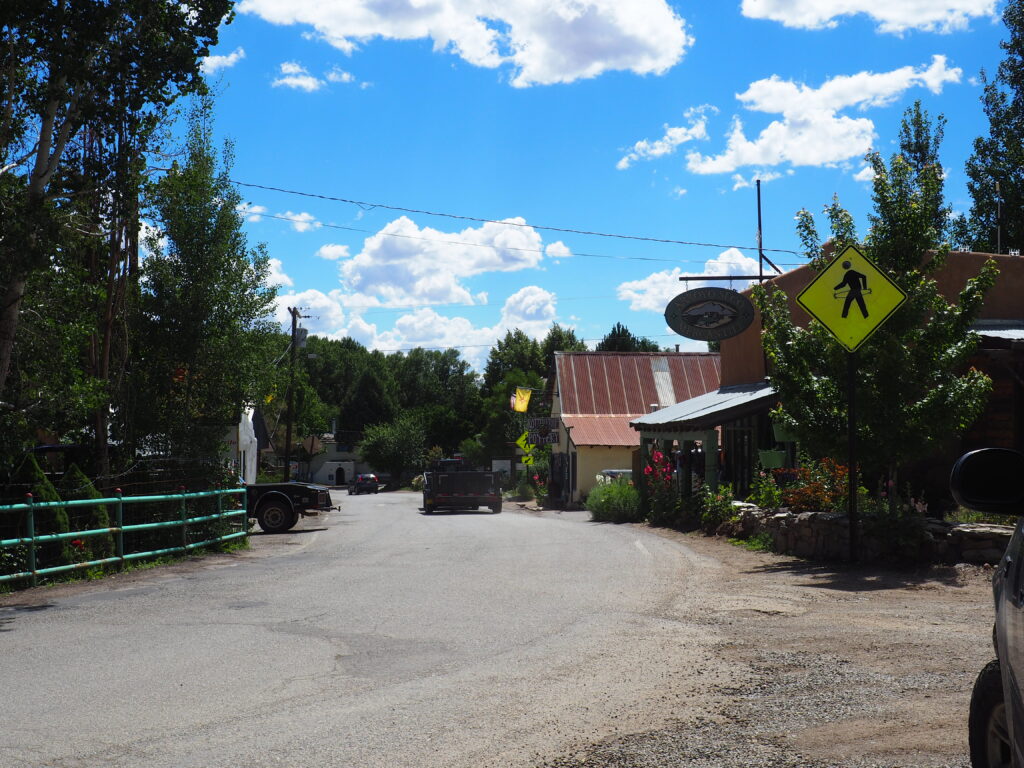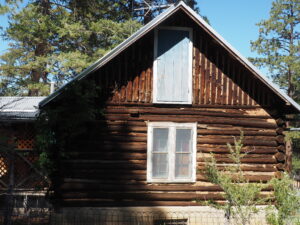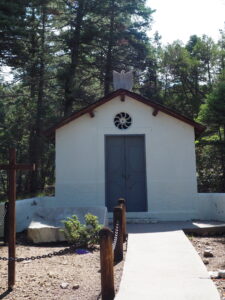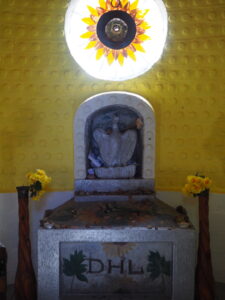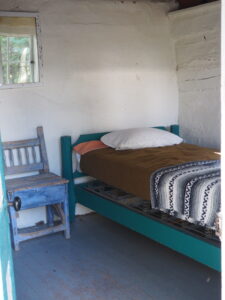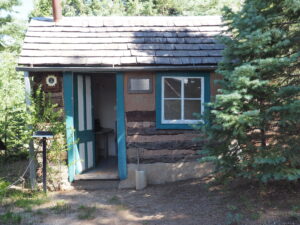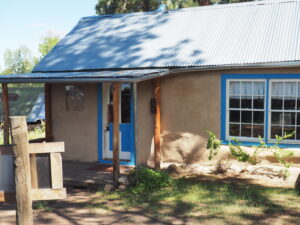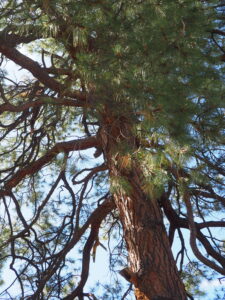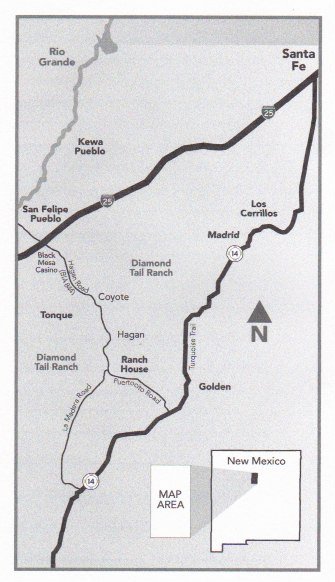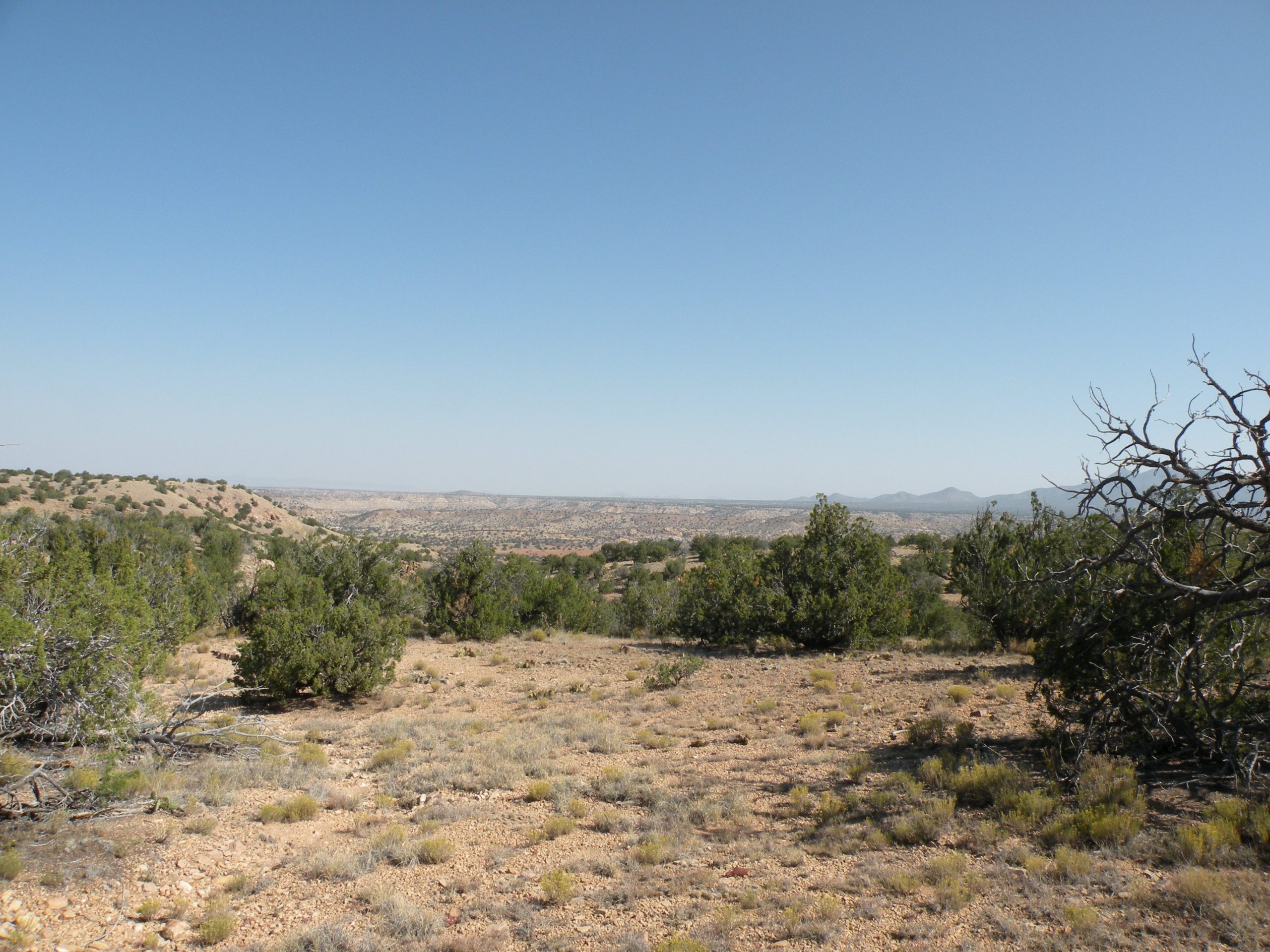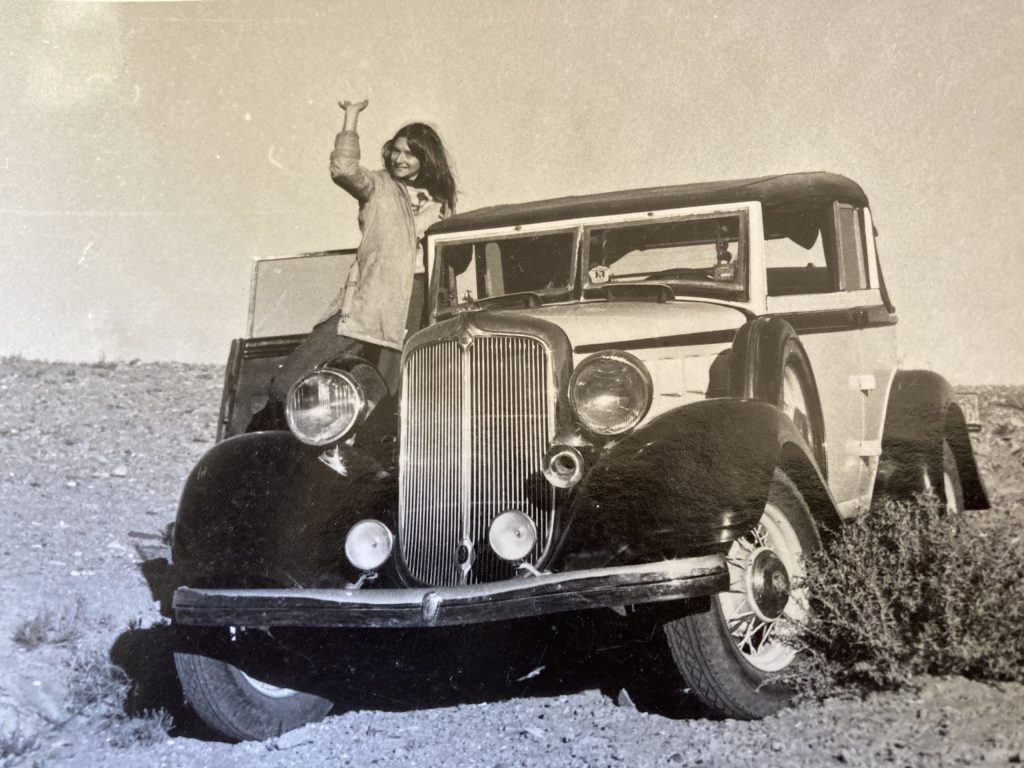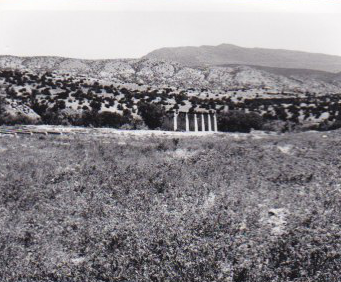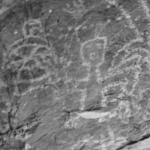My artist friend, Patti DePalma Slesinski, created an amazing map of Northern New Mexico for my novel, Death in the Land of Enchantment, which will be published in April.
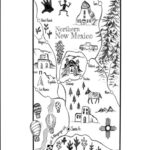
I created a social media blurb to promote my new book but have to wait until March to post. I am taking a break from social media in February.
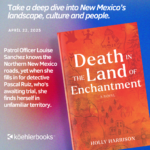
Maybe you heard of Dry January—Dryuary— abstaining from drinking alcohol in January. Well now there is FEBTOX (I made up that name) but the concept involves abstaining from social media in February.
This puts me in a pickle since I am supposed to amass followers and friends and promote my book on social media. But in reality, when I pick up my phone, click on Instagram, and scroll down the rabbit hole, I end up buying a cute pair of shoes. There has to be a better way to book promotions. Any ideas?
The Surgeon General’s Advisory described social media’s negative effects:
- Anxiety
- Body dissatisfaction (body image issues)
- Depression
- Exposure to bullies
- Low self-esteem
- Poor mental health contributes to the development of eating disorders.
- Poor sleep habits
- Self-harm
OMG!
If you plan to do a social media detox in February (or any time) there are key points to consider (according to AI)
- Duration:
You will be abstaining from social media for almost a full month, which could allow you to experience significant changes in your habits and mental state.
- Potential benefits:
Taking a break from social media can lead to reduced stress, improved focus, more present engagement in real-life interactions, and a better sense of well-being.
- Challenges:
Initially, you might feel disconnected from others or experience withdrawal symptoms as you adjust to not constantly checking your social feeds.
If detox isn’t for you, consider dialing down. Making limits—time constraints.
Finally, ask yourself, are you engaging in social media or just a lurker like me, scrolling down, down, down lost in a rabbit warren.


